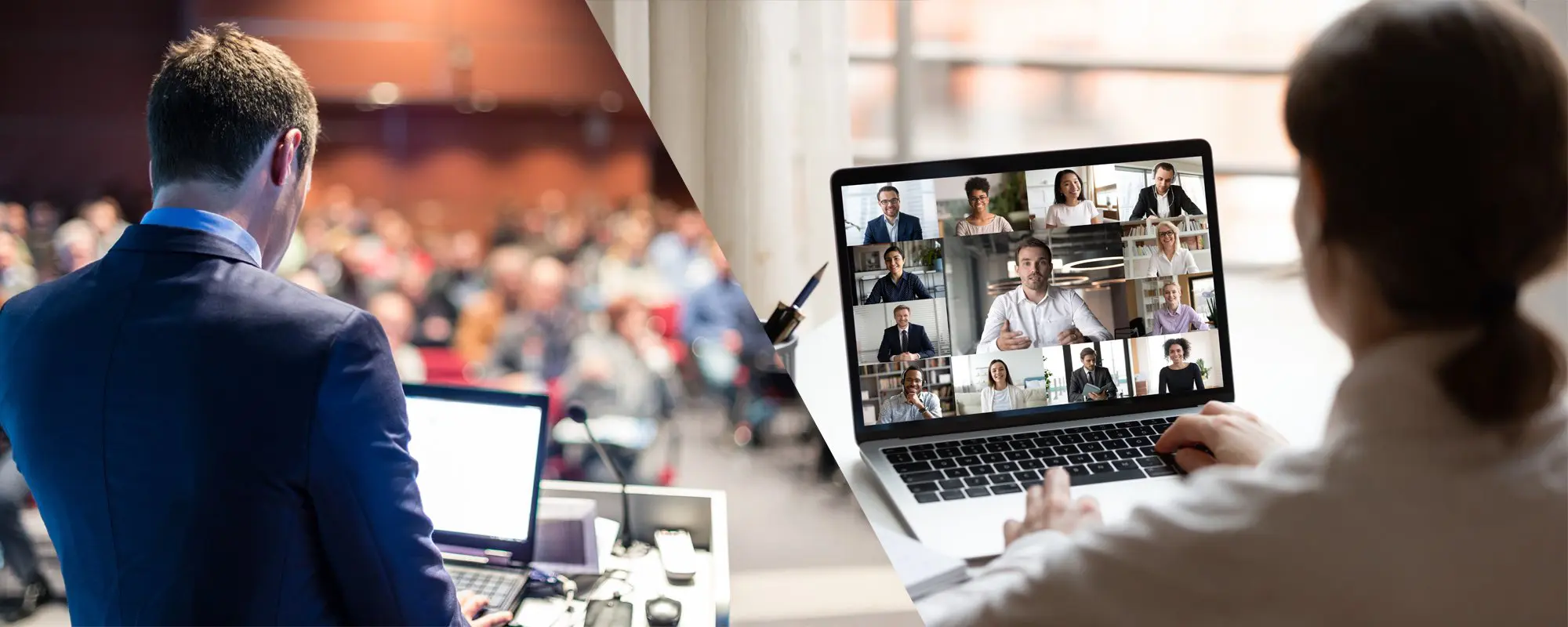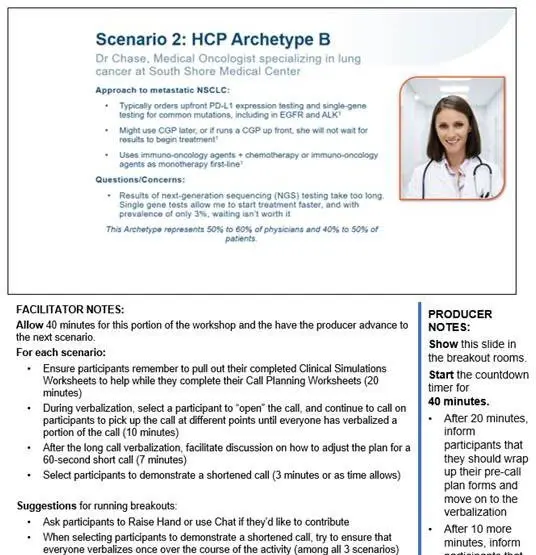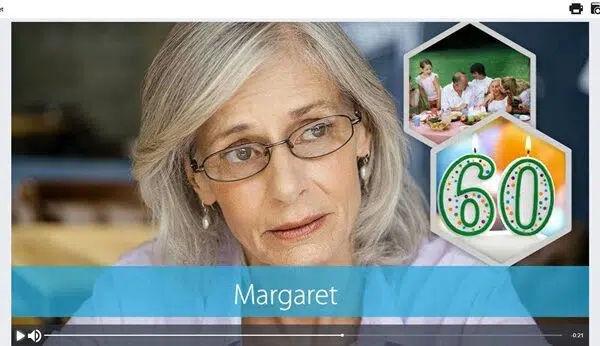On March 3rd, 2020, the Page A1 headline in the New York Times read, “When Is It Going to End?”: Where Coronavirus Has Turned Deadly in the U.S.” That same day we signed a work order with a large pharmaceutical company that consisted of eight separate workshops geared for 90 representatives and 10 managers. It was a great opportunity with an aggressive timeline even under normal circumstances. Normal times wouldn’t last long. Just 15 days after signing the contract with development underway, the decision was made. Scrap the live plans. We’re doing a virtual launch. Here’s how we helped make it happen:
Case Facts
- Live Contract Date: Early March
- Change to Virtual Date: Mid-March
- Launch Meeting Dates: Early May
- # of Representatives 90
- # of Managers: 10
- Workshops Delivered by CLD: 8
- Conferencing Software: Adobe Connect
Rethinking Engagement
Our first challenge was to design the virtual workshops in a way that maintained the energy and human-to-human interactions experienced at a live launch environment. Workshop topics included:
- Clinical Presentations/KOL Engagement
- Verbalizing the Brand Story
- Competitive Landscape
- Scenario-Based Call Planning
- HCP Approaches to Treatment
- Responding to Frequently Asked Questions
KOL Presentations
Some of the clinically-focused workshops included KOL presentations. To help keep representatives actively engaged, we developed and inserted a series of polling questions at key points throughout the presentations. The polling questions benefited the KOLs and workshop facilitators by providing instant feedback on representatives’ understanding of each topic area.
These workshops also utilized Adobe Connect Q&A pods, which allowed representatives to submit questions or comments directly to the presenter. At the end of the workshop, the most asked questions were addressed by the KOLs.
Verbalization
The heart of workshops was to provide ample opportunity for representatives to apply their knowledge, primarily through verbalization and role-play activities. Area-based virtual breakout rooms were incorporated into many of the workshop activities to allow representatives to conduct verbalization activities in a smaller setting. Representatives were able to pre-call plan, take turns verbalizing, pick up different portions of a sales call, etc.
We also wanted to give participants an opportunity to see and hear from colleagues outside of their region. We designed many of the workshop debriefs to showcase different regions of the country on webcams to provide teach backs and deliver sample verbalizations.
HCP/Patient Clinical Simulations Example
To drive engagement, CLD designed a series of realistic HCP/Patient interaction simulations. Using professional voice actors, 3 HCP scenarios were created. Each HCP provided the patient with their preferred treatment plan. This helped the reps experience HCP differences in treating a patient with the client’s therapy.
Partnerships Matter
“Training” is just a singular piece in the larger puzzle of a National Sales Meeting. Several different weekly collaborations came into play throughout the project journey:
- Content Review Meetings
- a collaboration between Training, Brand, and CLD
- Logistical Management
- a collaboration between the Meeting Events Team, Client, and CLD
- Production Meetings
- the production vendor and CLD align on meeting tool functionality to ensure the workshops went off without technical issues
Preparation is KEY
Ensuring the trainers and facilitators knew how to run a virtual meeting was crucial. This included a full understanding of the workshop design and overall logistics to ensure smooth transitions and delivery. A full understanding of the meeting application and its functionality is equally important.
We recognize that leveraging virtual platforms is not very common knowledge, and when the meeting is happening, time can’t be lost on fumbling through breakout rooms or whiteboarding.
To avoid this, Train-the-Trainer decks and virtual Facilitator Guides provided clear, concise, and easy-to-understand instructions about how to run the activities to maximize the benefits o the application.
A precise “Show Flow” document with minute by minute timing for everything from workshop presentations and activities to breaks is significant because it serves as the blueprint for the entire virtual launch and keeps all parties on the same page.
Nailing The Technology
The Adobe Connect web conferencing platform for the show was directed and managed by the production company. All necessary equipment (e.g. cameras, green screens, and microphones) were sent to facilitators and key stakeholders. Numerous dry runs and practices for Train-The-Trainer and Manager facilitation were held to ensure a seamless event.
CLD worked closely with the production company to align technology with activities. Some of the most important discussions surrounded when to include virtual breakout sessions and whether they would be run as audio-video or audio-only. This choice also can have positive or negative impacts on the meeting tool. For instance, A/V breakouts were used for workshops such as scenario-based call planning to allow participants access to virtual whiteboards for pre-call planning and note-taking as well as webcams for more realistic role-plays.
The Response
In their words






